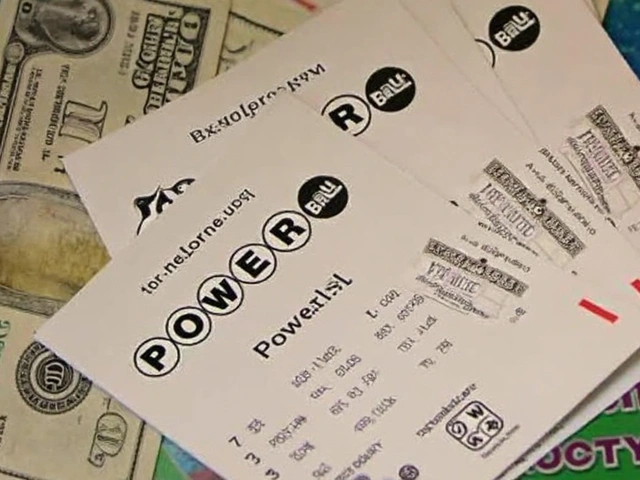Understanding Interest Rates: What They Mean for Your Wallet and the Economy
Interest rates might sound like something just banks and big investors worry about, but they actually touch all our lives. Whether you're thinking about a loan, savings account, or even the price of groceries, interest rates are behind a lot of it. So, what are interest rates exactly? At their simplest, an interest rate is the cost of borrowing money or the reward for saving it. If you borrow, you pay interest; if you save, you earn it.
Why Do Interest Rates Change?
The big players that decide interest rates are usually central banks, like the Federal Reserve in the U.S. or the South African Reserve Bank. They adjust rates mainly to control inflation—which is when prices rise and your money buys less over time. If inflation is high, central banks often increase interest rates to slow down spending and borrowing, helping prices stabilize. When the economy needs a boost, they lower rates to make borrowing cheaper, encouraging people and businesses to spend and invest more.
For example, if you have a loan with a high-interest rate, your monthly payments will be higher, making it harder to pay off. On the flip side, higher interest rates on savings accounts can help your money grow faster. But it’s a balance—if rates rise too quickly, businesses may borrow less, which can slow down the economy and even cause unemployment.
How Interest Rates Affect You Daily
Think about buying a car or a house. The interest rate on your loan determines your monthly payment size. A small change in rates can make a big difference over time. If rates are low, borrowing is cheaper, so more people tend to buy homes or cars. When rates climb, you might delay such purchases.
Interest rates also influence credit card rates, mortgages, and even returns on your savings or investments. That’s why it’s important to keep an eye on what central banks are doing with rates. It helps in planning your finances smarter—like locking in a fixed mortgage rate when rates are low or saving more when rates start to rise.
In short, interest rates ripple through the economy. They impact how much you pay or earn, the cost of products, and even job availability. Knowing how rates work can help you make better choices with your money, whether it’s borrowing, saving, or investing.









